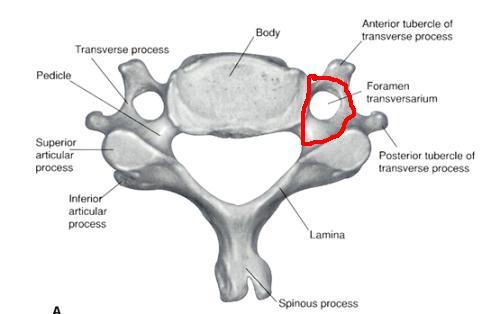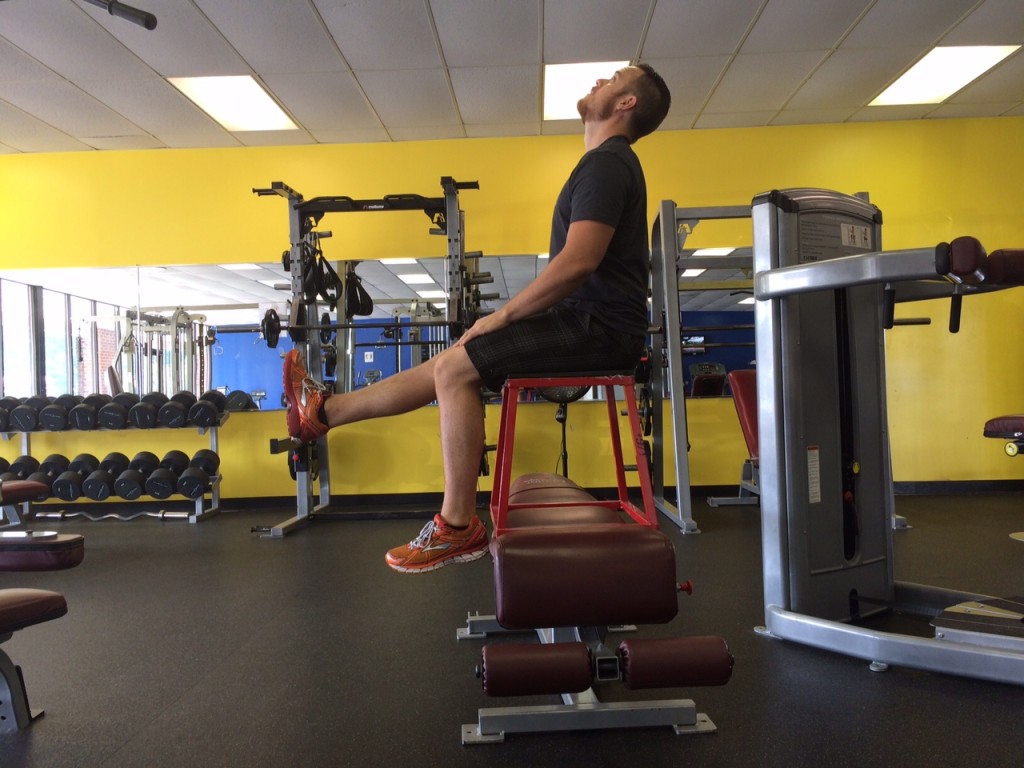Have you ever categorized your back pain as muscle “tightness”? Whether it’s in your legs, hips, butt or lower back the best way to describe it is this boring tightness that you can’t stretch or numbness going down one of your legs. Well, its actually really common and can be easily diagnosed if you have a bit of understanding as to what is going on. I want to take some time today to wrap up this 3 part series with some practical tips and strategies on how to test for a potential neural issue.
I’m also going to teach you how to floss your butt nerve…yeah that’s right, your butt nerve
Remember guys, If you are in excruciating pain please see a physician before attempting anything on yourself. Always be in close contact with a clinician you trust before experimenting with new things. I am only giving advice from a personal standpoint that I have both used and research on my own.
This has been a pretty cool series covering 3 super simple ways you can help build a hypothesis for your back pain. We are wrapping this series up with another easy test you can do right at home with nothing more then a bench/table and a belt or piece of rope.
This week we are going to talk about Neural tests you can do that will help build an understanding around what could be an irritated nerve. It’s pretty common for someone dealing with back pain to describe it as a muscle “tightness”, numbness/tingling or having the sensation to constantly be stretching to relieve the pain. I have experienced this first hand which I have come to understand as being apart of my hyperextension issue along with my ruptured L5-S1. The combination of the two has put some snags along the nerve that from time to time (when my legs get sore) it pinches and pulls on that major nerve causing irritation. Enough about me though, I want to show you exactly how you can do this for yourself.
The Sitting Slump Test

There are numerous ways to do this test but I want you to try this simply sitting on a table or chair and slumping forward. I prefer the feet to be dangling so make sure the table or chair is high enough off the ground. The basis behind this simple test is to progressively increase nerve tension. (McGill, Stuart. Low Back Disorder. 2007, pg 195)
There are three simple positions to this test:
Position 1: Leg is extended at the knee with relaxed foot. This creates tension in the nerve from below the lumbar spine.
Position 2: Flexing the foot back towards you (dorsiflexion) will create more tension to the nerve.
Position 3: Slouching forward can recruit even more nerve tension above the lumbar section of the spine.
The key thing to remember here is that this test is not how you treat the issue. In other words, as soon as you start noticing the symptoms in one of these positions, stop the test. There is no need to progress forward. If you do notice an onset of symptoms when creating tension you could be the perfect candidate for what is known as “flossing” which IS a way of treating some sciatic issues. If you notice an increase in symptoms then take out all flexion from stretching and exercise until further notice.
If the flexion or slouching doesn’t bring any changes then you may not have a nerve issue. Your main focus should turn to your SI joints, hamstrings, piriformis and other muscle-based syndrome in and around the hip.
I talk about Piriformis syndrome here. It’s crazy how many people suffer from this and find immediate results from 2 simple techniques.
Now that we know the basics to the test I want to give you a little more useful info on what I referred to as “Flossing”
Flossing
It’s crazy how your bodies nerve system works. When it comes to your nerves, movements like flexion, hip flexion and knee extension actually pull the nerve back and forth through its pathways known as the Foramen located on each vertebrae. The nerves also make there way through pathways around the bony structure and musculature through out the body.

The root cause of sciatica is usually some kind of impingement or snag that causes the nerve to stretch which results in pain. Nerves have the ability to travel through its own pathway well over a centimeter. You can imagine the importance of this ability when doing things like bending over, sitting etc. So when a nerve is tacked down and your trying to move its a constant pulling and stretching of that nerve which cause a butt load of pain…literally.
The idea of “flossing” is basically pulling the nerve from one end while releasing the nerve at the other end and vise versa. With caution you can sometimes aid in the release of that impingement or snag by the flossing. After a while it could break down allowing a free moving nerve to live happily ever after.
*NOTE* This technique can work wonders for people suffering from sciatica but it can also cause the onset of symptoms. If you are doing this on your own be extra cautious and super conservative until you know how your body will react. You know your limits better than anyone else. This is not something you “push through”. Stay within the limits of what your symptoms will allow you to go.
What your looking for:
If you notice either no change in symptoms or a decrease in symptoms after the first time you do the flossing than continue the flossing on a daily bases. If your symptoms worsen from the flossing then stop all flossing. You want this to gradually bring relief NOT more pain.
How to do it:
Start like this: Position 1-2
Slowly move into this: Position 2-2
Check list of successful flossing
1) Sit in a position where legs can swing freely and is relieving current sciatic pain.
2) Start in position 1 with slight cervical (neck) flexion and relaxed legs
3) End in cervical extension, position 2 with knee extended
4) Goal is find the range of motion that brings relief. If that is half of the length you see in the images then that’s cool.
5) Flossing should be slow and only last about 5 seconds in each position. Start with 10 repetitions with each leg and asses the symptom level a day after.
6) The movements should be coordinated. You’re goal is to floss not tack one end down and pull at the other.
7) Do not floss for at least 2 hours after waking (you can floss your teeth whenever though 🙂
So there you go! Try it out and see if it brings you relief.
TTYS,
William




What is the logic behind not flossing until after 2 hours of being awake? Is there some type of reason we cannot floss upon waking? Thanks
Hey Todd,
It’s more about the condition of the body first thing in the am. I know for me the first hour of my morning is just getting my body used to moving after 6+ hours of laying horizontal. Muscles are stiff and your body is not “awake” yet. The suggestion to wait is just to ensure that your body is awake and moving which will promote healthier movement of the nerves.